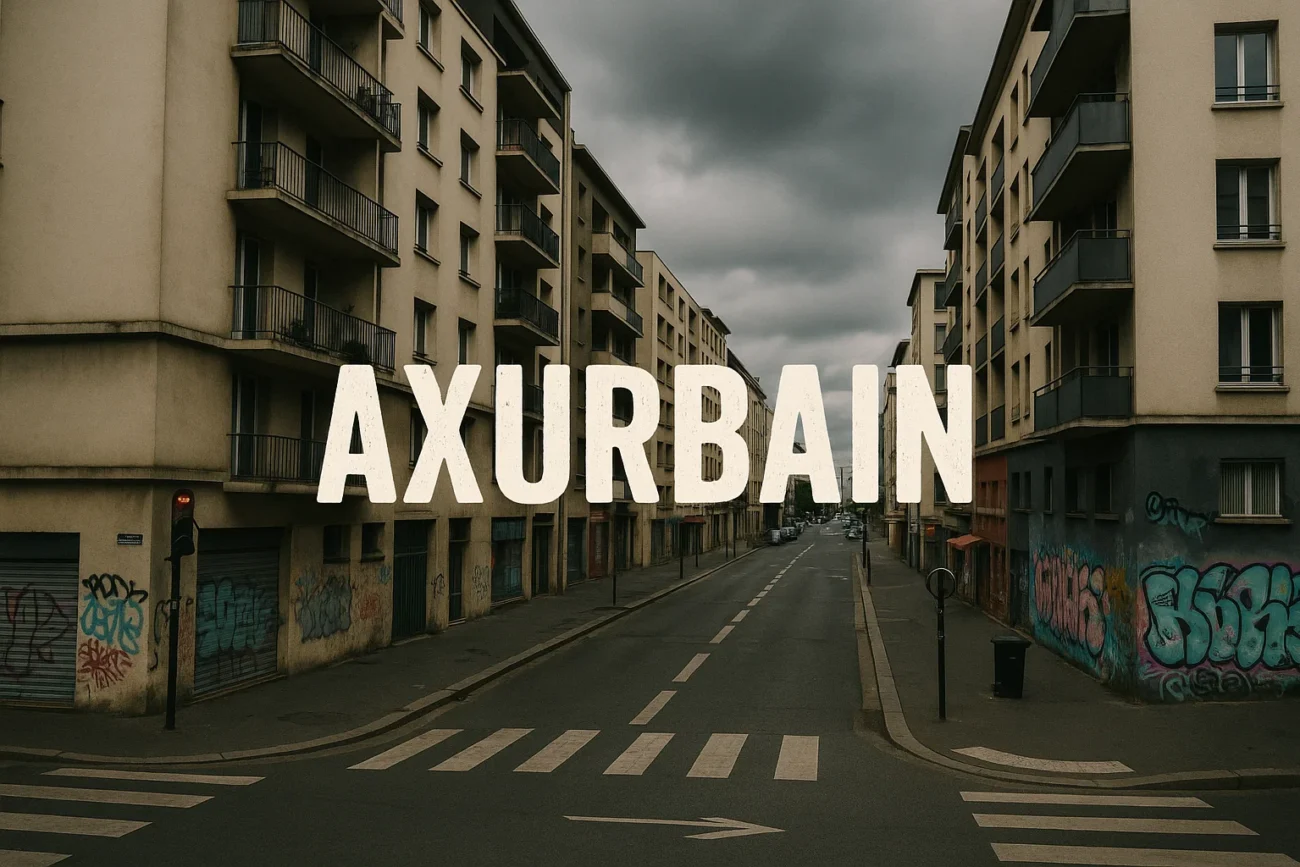In an age where urban living is rapidly evolving, the term Axurbain is making waves as a visionary concept blending technology, sustainability, and smart city design. Though still emerging in public discourse, Axurbain encapsulates the futuristic ideals of city development — where people, nature, and machines coexist in harmony. This article dives deep into the concept of Axurbain, its significance, potential applications, and why it’s becoming a hot topic among urban planners, technologists, and eco-innovators.
What is Axurbain?
While “Axurbain” does not yet have a widely recognized dictionary definition, it appears to be a portmanteau of “axis” and “urban”, suggesting a central framework or guiding philosophy for urban transformation. It can be interpreted as a new paradigm for rethinking cities — prioritizing sustainable mobility, green infrastructure, digital connectivity, and human-centric design.
Axurbain isn’t just a concept; it’s a movement toward smarter, more livable cities that adapt to changing environmental, economic, and social conditions.
The Core Principles of Axurbain
Axurbain proposes a shift away from conventional city layouts and policies, introducing a more dynamic, intelligent, and inclusive model. Here are its foundational pillars:
1. Smart Infrastructure
Cities under the Axurbain model are built on integrated smart systems. Think IoT-connected traffic signals, AI-driven waste management, and real-time energy monitoring. This digital layer improves urban efficiency and reduces resource waste.
2. Sustainability First
Green spaces, renewable energy, eco-transport, and carbon-neutral construction methods are crucial. Axurbain seeks to tackle climate change by turning cities into eco-friendly environments that support biodiversity and reduce pollution.
3. Human-Centric Design
At the heart of the Axurbain approach is the human experience. Urban environments are shaped to promote mental well-being, physical health, accessibility, and cultural inclusion. Streets become walkable, neighborhoods more cohesive, and public services easier to access.
4. Data-Driven Governance
Through data collection and analytics, city officials can respond in real time to urban challenges — whether it’s rerouting traffic, predicting energy demand, or managing emergency services. This creates a responsive, transparent, and efficient urban governance model.
Axurbain in Practice
While Axurbain may still be theoretical for some cities, several global examples show its principles in action:
-
Singapore: Often cited as a leading smart city, Singapore implements smart sensors, autonomous public transport, and AI-powered urban planning.
-
Barcelona: Embraces green mobility and smart lighting systems in public spaces.
-
Amsterdam: A pioneer in sustainability, with floating houses, electric boat taxis, and decentralized solar power.
Axurbain brings these fragmented advancements under one strategic umbrella.
The Role of Technology in Axurbain
Technology is the backbone of Axurbain. Innovations such as:
-
5G connectivity
-
Blockchain for secure city services
-
Artificial intelligence in policing and social welfare
-
Digital twins of entire urban areas for simulation and planning
All these make cities more efficient, predictive, and personalized. In Axurbain cities, technology doesn’t just serve — it anticipates.
Challenges to Adopting Axurbain
Despite its promise, there are challenges:
-
High implementation costs
-
Data privacy concerns
-
Tech inequality
-
Resistance to change from traditional systems
For Axurbain to succeed, collaboration between governments, tech companies, urban designers, and citizens is essential. Policies must ensure inclusivity, equity, and ethical use of technology.
Why Axurbain Matters Now
With rising populations, worsening climate conditions, and infrastructure strain, the world needs a new urban vision. Axurbain provides a comprehensive, future-proof roadmap. It’s not just a buzzword; it’s a call to rethink how we design, live in, and interact with cities.
Whether it’s the creation of climate-resilient districts, zero-emission transportation networks, or inclusive digital public services, Axurbain is setting the stage for the cities of tomorrow.
Global Relevance of the Axurbain Concept
As urban populations continue to surge — with over 70% of the world expected to live in cities by 2050 — Axurbain becomes not just relevant, but necessary. Cities in Asia, Africa, and South America are facing infrastructure pressures and environmental threats. The Axurbain model offers a scalable solution.
-
Developing nations can leapfrog outdated systems and build smart from the ground up.
-
Developed cities can retrofit existing infrastructure using the Axurbain roadmap.
This flexibility makes Axurbain a globally adaptable model, regardless of a city’s size or resources.
How Can Cities Prepare for Axurbain?
Transitioning to an Axurbain city requires strategic planning and collective effort. Here’s how municipalities can begin:
-
Conduct a Smart Readiness Assessment
Understand the current infrastructure, tech capabilities, and pain points of the city. -
Engage Citizens Early
Community involvement is critical. Town halls, surveys, and participatory apps help align city goals with resident needs. -
Invest in Digital Infrastructure
Build robust broadband networks, data centers, and IoT systems to support smart services. -
Promote Public-Private Partnerships (PPPs)
Encourage collaboration between governments, tech firms, and academic institutions to fund and develop Axurbain projects. -
Train the Workforce
Equip city employees and residents with the digital skills needed to interact with and maintain Axurbain systems.
The Role of Individuals in an Axurbain Future
While the Axurbain transformation starts at the policy and planning level, every citizen plays a role in bringing the concept to life. Here’s how individuals can contribute:
-
Adopt digital tools to engage with city services.
-
Support local green initiatives and sustainable commuting.
-
Participate in civic tech programs like open data platforms and smart idea incubators.
-
Stay informed about urban development trends and demand transparency from leadership.
Conclusion
Axurbain symbolizes a revolutionary approach to urbanism, combining smart tech, sustainability, and people-first planning. It encourages us to look beyond skyscrapers and traffic to see cities as living, evolving organisms.
As more cities embrace the Axurbain model, we may soon witness the dawn of a new era — one where innovation, nature, and humanity converge seamlessly to redefine the urban experience.
